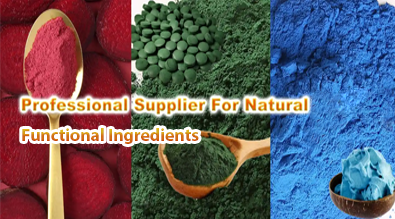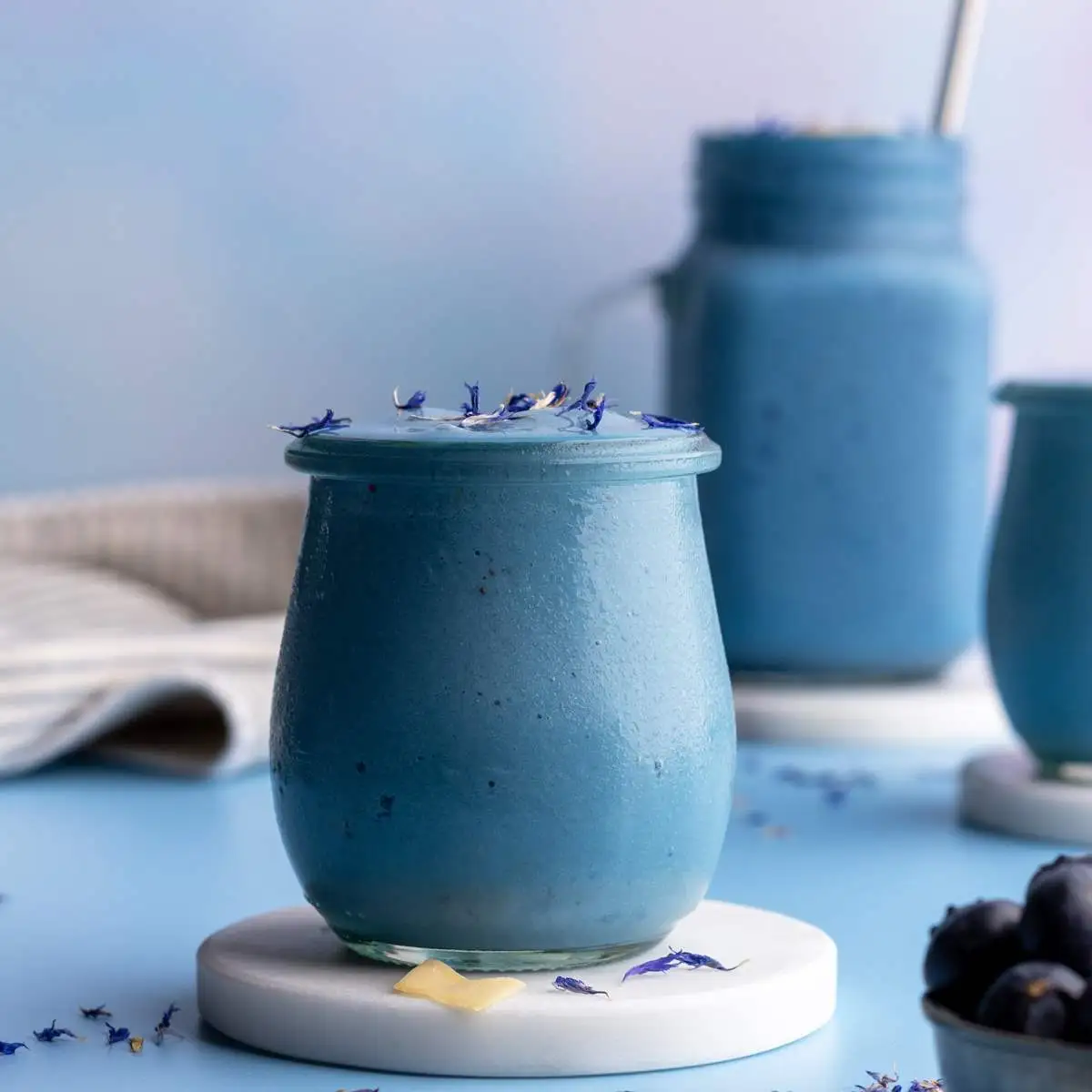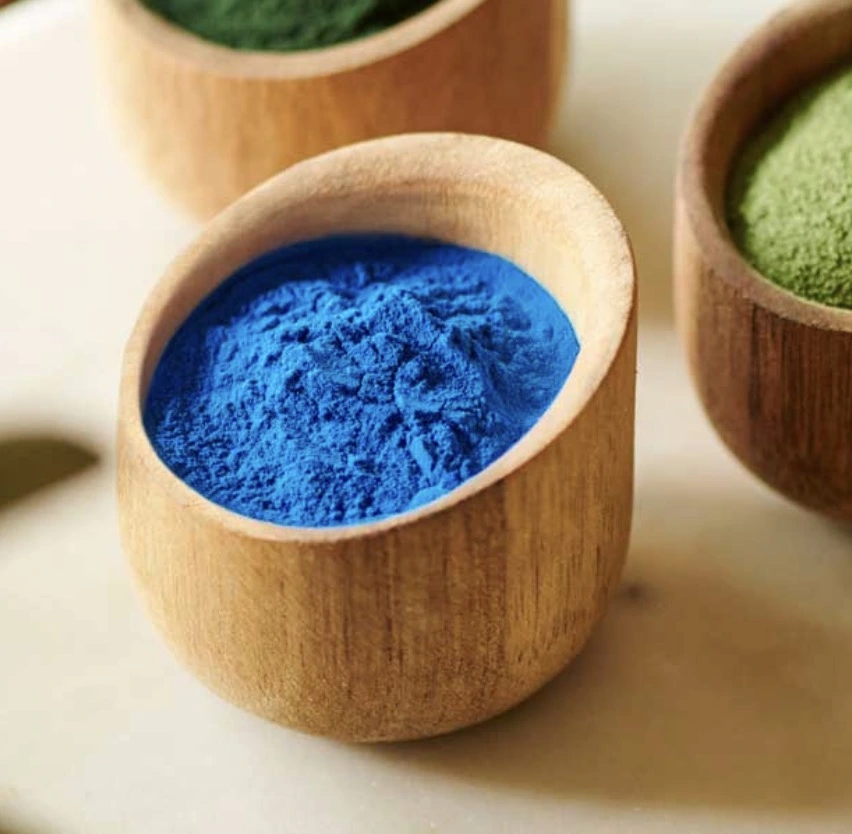Why Choose Vegetable Carbon E153 for Natural Food Coloring?
In the ever-evolving world of food production, consumers are increasingly demanding natural and clean-label ingredients. One such ingredient that has gained significant attention is Vegetable Carbon E153, a natural food coloring agent derived from plant sources. This article delves into the reasons why Vegetable Carbon E153 is becoming a preferred choice for food manufacturers and consumers alike, exploring its health benefits, comparative advantages, and popular applications.

Health Benefits of Using E153 in Food Products
Vegetable Carbon E153, also known as vegetable black, offers several health benefits when used as a food coloring agent. Let's explore some of the key advantages:
Natural and Non-Toxic
Unlike synthetic food dyes, Vegetable Carbon E153 is derived from natural plant sources, making it a safer alternative for consumption. Its non-toxic nature means it poses minimal risk of adverse reactions or long-term health effects, which is particularly important for individuals with sensitivities to artificial additives.
Antioxidant Properties
Vegetable Carbon E153 contains antioxidants that can help neutralize harmful free radicals in the body. These antioxidants play a crucial role in protecting cells from oxidative stress, potentially reducing the risk of chronic diseases and supporting overall health.
Digestive Health Support
Interestingly, Vegetable Carbon E153 may have a positive impact on digestive health. Its adsorptive properties can help alleviate gastrointestinal discomfort by binding to and removing toxins and excess gas from the digestive tract. This can be particularly beneficial for individuals experiencing bloating or indigestion.
Allergen-Free
For those with food allergies or sensitivities, Vegetable Carbon E153 presents a safe coloring option. It is free from common allergens such as soy, nuts, and gluten, making it suitable for a wide range of dietary requirements and preferences.

How Vegetable Carbon E153 Compares to Other Dyes?
When considering food coloring options, it's essential to understand how Vegetable Carbon E153 stacks up against other alternatives. Let's examine its comparative advantages:
Natural vs. Synthetic Dyes
Vegetable Carbon E153 stands out as a natural alternative to synthetic dyes. While artificial colorants have been linked to various health concerns, including hyperactivity in children and allergic reactions, E153 offers a clean-label solution without compromising on color intensity or stability.
Color Stability and Versatility
One of the remarkable features of Vegetable Carbon E153 is its exceptional color stability across a wide range of pH levels and processing conditions. This stability ensures that the desired black color remains consistent throughout the product's shelf life, outperforming many other natural black colorants in this aspect.
Environmental Impact
From an environmental perspective, Vegetable Carbon E153 holds a significant advantage over synthetic dyes. Its production process involves the controlled carbonization of plant materials, which has a lower environmental footprint compared to the chemical synthesis of artificial colorants. This aligns with the growing consumer demand for sustainable and eco-friendly food ingredients.
Cost-Effectiveness
While natural colorants are often perceived as more expensive than their synthetic counterparts, Vegetable Carbon E153 offers a cost-effective solution for food manufacturers. Its high tinting strength means that only small quantities are needed to achieve the desired color intensity, potentially reducing overall coloring costs in food production.

Top Foods & Drinks That Use E153 for Coloring
Vegetable Carbon E153 finds application in a diverse range of food and beverage products. Here are some popular categories where this natural black colorant is commonly used:
Confectionery and Bakery Products
In the world of sweets and baked goods, Vegetable Carbon E153 is a go-to choice for creating striking black colors. It's commonly used in:
- Licorice candies
- Black-colored ice creams
- Dark chocolate coatings
- Decorative frostings and icings
- Halloween-themed baked goods
Beverages
The beverage industry has embraced Vegetable Carbon E153 for its ability to create visually appealing dark-colored drinks. Some popular applications include:
- Soft drinks with a cola flavor profile
- Energy drinks
- Flavored water
- Cocktail mixers
- Plant-based milk alternatives
Savory Products
In the realm of savory foods, Vegetable Carbon E153 is utilized to enhance the visual appeal of various products:
- Black pasta and noodles
- Squid ink substitutes in seafood dishes
- Dark-colored sauces and dressings
- Vegetarian and vegan meat alternatives
- Specialty cheeses with distinctive black rinds
Functional Foods and Supplements
Beyond traditional food applications, Vegetable Carbon E153 is finding its way into the growing market of functional foods and dietary supplements:
- Detoxifying charcoal drinks
- Black-colored protein powders
- Nutrient-enriched dark snacks
- Activated charcoal supplements
- Beauty-focused ingestible products
The versatility of Vegetable Carbon E153 in these diverse applications underscores its importance as a natural coloring agent in the modern food industry. Its ability to provide intense black hues while meeting clean-label requirements makes it an invaluable ingredient for food manufacturers looking to cater to health-conscious consumers.

Conclusion
Vegetable Carbon E153 has emerged as a superior choice for natural food coloring, offering a compelling combination of health benefits, performance advantages, and versatility. Its natural origin, antioxidant properties, and digestive health support make it an attractive option for health-conscious consumers. When compared to other dyes, E153 stands out for its color stability, environmental friendliness, and cost-effectiveness. From confectionery to beverages and savory products, its wide range of applications demonstrates its significance in the food industry.
As the demand for clean-label and natural ingredients continues to grow, Vegetable Carbon E153 is poised to play an increasingly important role in food coloring. Its ability to meet both consumer preferences and regulatory standards positions it as a key ingredient for food manufacturers looking to innovate and differentiate their products in a competitive market.
For more information on Vegetable Carbon E153 and other natural plant extracts for food and beverage applications, please contact us at info@yanggebiotech.com. Our team of experts is ready to assist you in finding the perfect natural coloring solution for your products.
References
1. Johnson, A. R., & Smith, B. T. (2021). Natural Food Colorants: Trends and Applications in the Food Industry. Journal of Food Science and Technology, 58(4), 1123-1135.
2. Patel, S., & Goyal, A. (2020). Vegetable Carbon E153: A Comprehensive Review of Its Properties and Applications in Food Products. Critical Reviews in Food Science and Nutrition, 60(12), 2008-2023.
3. Martínez-Cervera, S., Salvador, A., & Muguerza, B. (2019). Use of Vegetable Carbon (E153) as a Natural Colorant in Bakery Products: Sensory and Nutritional Aspects. International Journal of Gastronomy and Food Science, 17, 100157.
4. Chen, X., & Wang, Y. (2022). Comparative Analysis of Natural and Synthetic Food Colorants: Safety, Stability, and Consumer Perception. Food Additives & Contaminants: Part A, 39(5), 825-842.
5. García-Lomillo, J., & González-SanJosé, M. L. (2020). Applications of Vegetable Carbon (E153) in Functional Foods and Nutraceuticals: A Review. Trends in Food Science & Technology, 96, 26-36.

Based on your location and order quantity, you will have the opportunity to receive a limited time free shipping promotion!

Who we are


